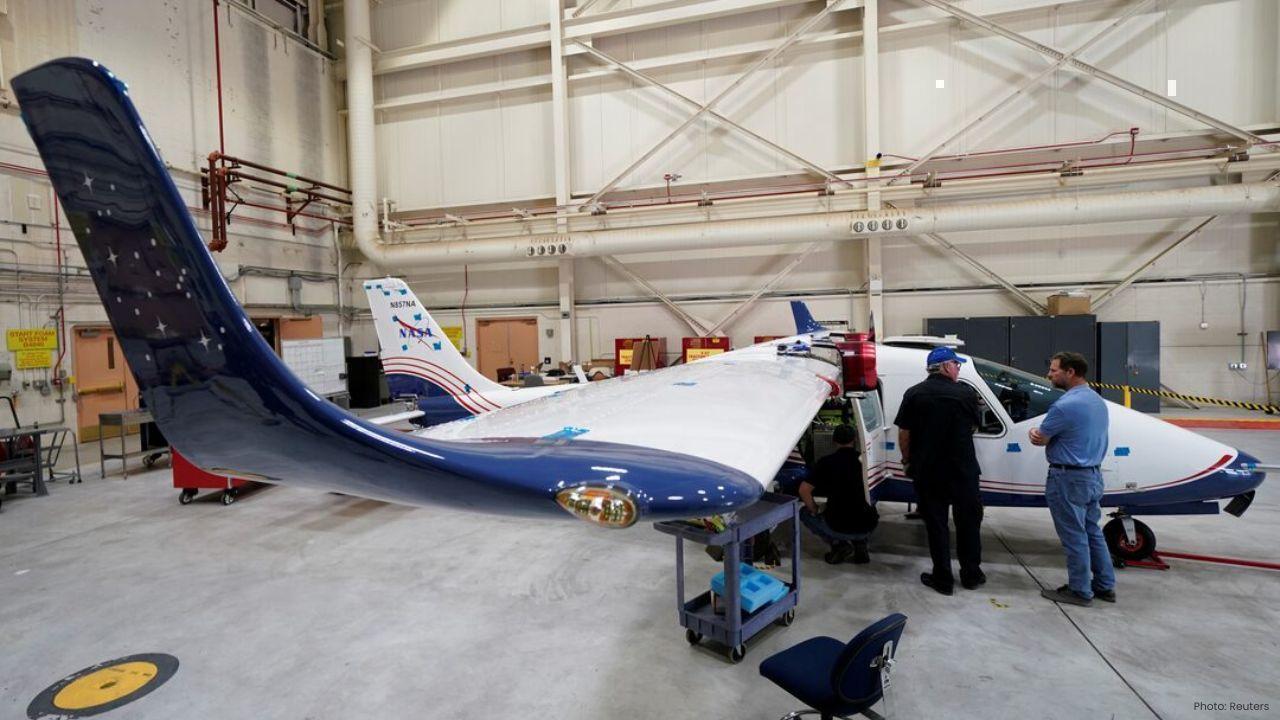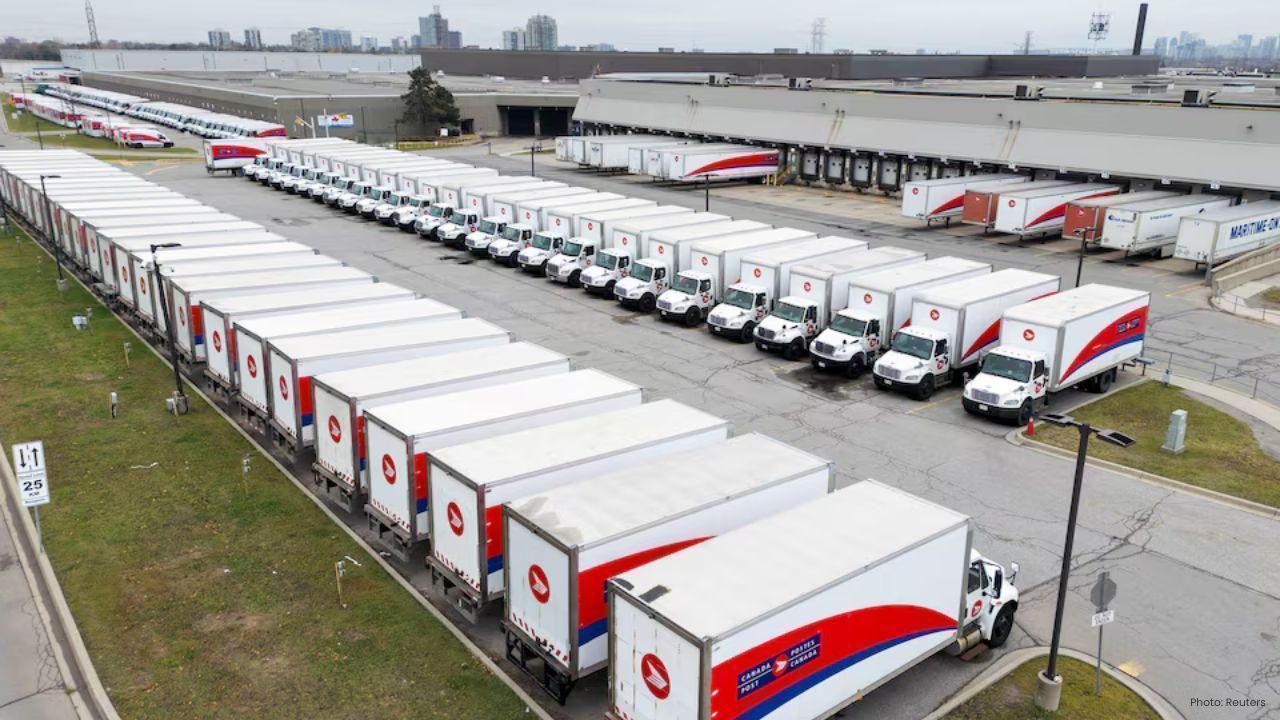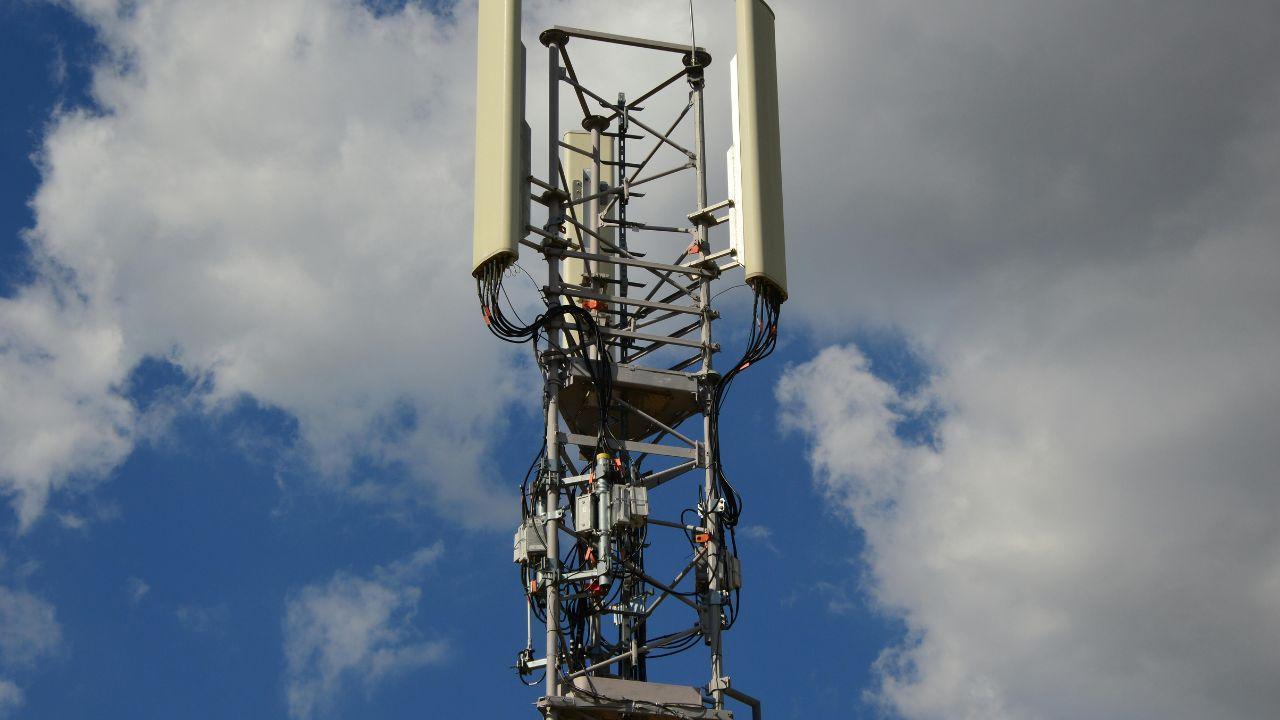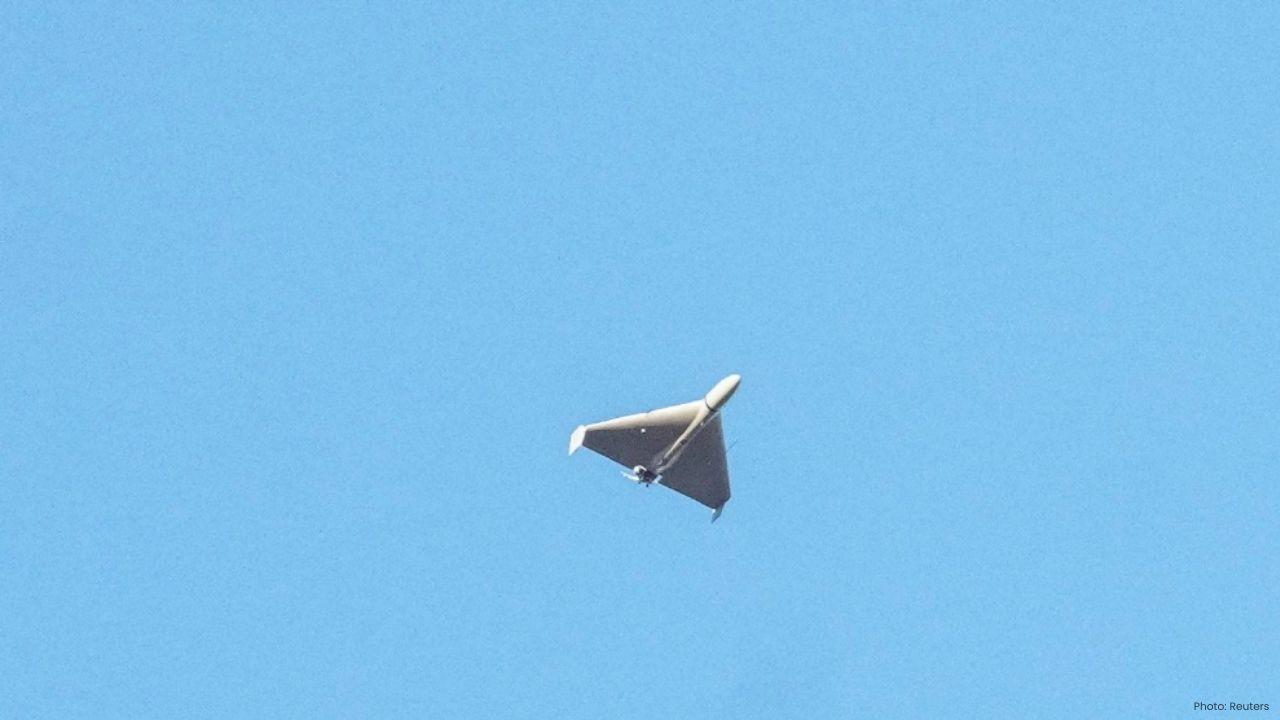
Post by : Meena Rani
This summer, six aircraft crisscrossed the skies over the eastern United States, gathering vital data on air quality, greenhouse gases, and emissions. While most observers saw only planes against a blue horizon, scientists on board were quietly capturing measurements that could influence how communities respond to pollution, climate change, and public health challenges.
The campaign, called MAGEQ – Mid-Atlantic Gas Emissions Quantification, is a collaborative effort led by NASA, the US National Oceanic and Atmospheric Administration (NOAA), and the University of Maryland, Baltimore County, alongside a dozen other universities and government partners.
Aircraft and Their Roles in MAGEQ
Over six weeks, the six aircraft flew more than 400 hours above cities, farms, wetlands, and mining areas. Each aircraft brought specialized capabilities:
NASA P-3 Orion (Wallops Flight Facility): Long-endurance missions mapping air quality across wide areas at multiple altitudes.
NOAA DHC-6 Twin Otter: Low-level flights over wetlands and farmland to sample trace gases like methane and carbon dioxide.
NASA Beechcraft B-200 “Flux” (Langley): Measuring gas fluxes and boundary-layer chemistry near the surface.
NASA Gulfstream III (C-20B): High-altitude remote sensing to validate satellite measurements and expand regional coverage.
NASA Beechcraft A90 King Air (G-LiHT platform): Equipped with the Goddard LiDAR, Hyperspectral & Thermal Imager to map vegetation and land-air interactions.
Contracted King Air B200 (Dynamic Aviation): Additional capacity for regional flights, filling gaps between larger aircraft.
Some aircraft took a “satellite-eye” perspective from above the clouds, while others sampled air close to the ground. Together, their measurements provided a layered understanding of how gases move between the land, air, and atmosphere.
“The complexity comes in identifying how each platform can complement or supplement the others,” said Glenn Wolfe, MAGEQ project lead at NASA’s Goddard Space Flight Center.
Flight planning faced additional challenges from storms, cloudy skies, and shifting winds, requiring careful rescheduling to ensure both safety and data quality.
Goals and Applications of MAGEQ
MAGEQ aims to uncover how gases move between land, air, and atmosphere, and the implications for climate and public health. By combining aircraft measurements with satellite data, the project addresses key questions about emissions from cities, farms, wetlands, and energy facilities.
The research has immediate real-world applications:
State agencies in Virginia and North Carolina can monitor wetlands for storm protection, carbon absorption, and biodiversity.
Energy companies can detect methane leaks faster, reduce waste, and lower emissions.
The campaign also validates satellite observations from NASA’s TEMPO instrument and commercial satellites, feeding data into the Goddard Earth Observing System (GEOS) for global climate modeling.
Next Steps for MAGEQ
The campaign generated massive streams of data across diverse environments. Scientists will now integrate measurements from low-level fluxes to high-altitude mapping, creating a comprehensive picture of gas movements and emissions.
“Every aircraft does something different and contributes a different type of data,” said Steve Brown of NOAA’s Chemical Sciences Laboratory. “We’ll have a lot of work to do to put all these data sets together, but we will make the best use of all these measurements.”
MAGEQ is part of NASA’s broader Earth science program, which coordinates satellites, aircraft, and research teams worldwide. Together, they aim to better understand how air quality and climate affect ecosystems, agriculture, and human health, ultimately informing future policies and actions.
Earth observation aircraft, G-LiHT sensor platform, TEMPO satellite validation, wetlands carbon absorption










Bengaluru-Mumbai Superfast Train Approved After 30-Year Wait
Railways approves new superfast train connecting Bengaluru and Mumbai, ending a 30-year demand, easi

Canada Post Workers Strike Halts Nationwide Mail and Parcel Services
Canada Post halts operations as CUPW strike disrupts mail and parcel delivery nationwide amid disput

PM Modi Launches BSNL ‘Swadeshi’ 4G Network, 97,500 Towers Built
India enters global telecom league as PM Modi inaugurates BSNL’s indigenous 4G, connecting 26,700 vi

India’s Iconic MiG‑21 Takes Final Flight After Six Decades of Service
After 60 years India retires its MiG‑21 fighter jet, a legendary yet controversial warplane marking

Hindustan Zinc unveils AI hotspot monitoring at Debari smelter
Hindustan Zinc launches AI-powered Switchyard Hotspot Monitoring at Debari smelter to cut outages bo

Chinese experts worked inside sanctioned Russian drone plant
Chinese drone specialists visited IEMZ Kupol supplying parts and drones via intermediaries, deepenin